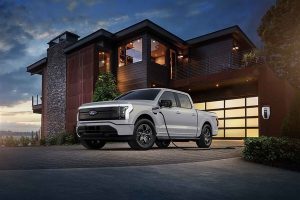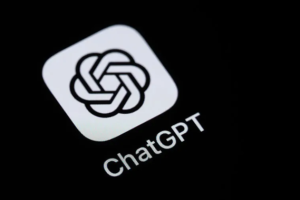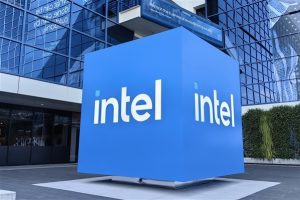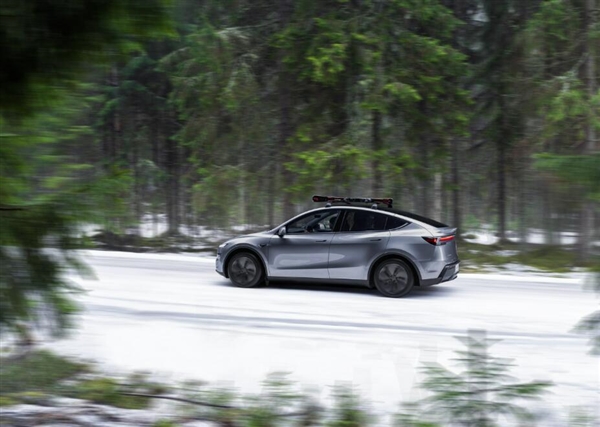July 31, 2025 – Tesla has once again overhauled the pricing strategy for its Robotaxi service in Austin, marking the second major revision since the autonomous ride-hailing platform’s launch. The latest update introduces a dynamic pricing model tied to trip distance, replacing the previous flat-rate system that had undergone two iterations since June.
When Robotaxi debuted in Austin at the end of June, Tesla charged a flat 4.20perrideregardlessofdistanceorduration.ThisstructureshiftedinJulywhenthecompanyexpandeditsoperationalzoneandraisedfeesto6.90 per trip. The newest pricing framework, rolled out alongside version 25.7.10 of the Robotaxi app, calculates fares based on mileage—with shorter trips costing less and longer journeys priced higher. The update also includes minor bug fixes and interface refinements.
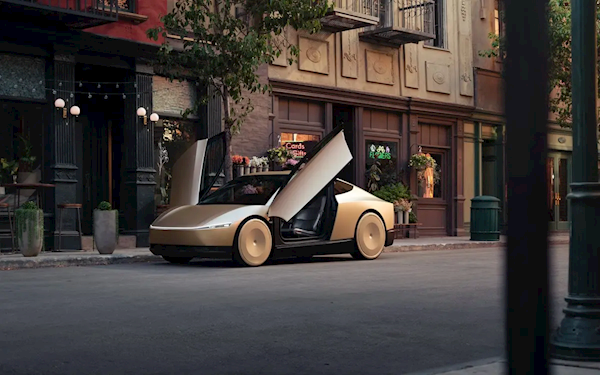
A 11-mile trip across Tesla’s current Austin service area is estimated to cost approximately 13.70underthenewmodel.Bycomparison,Uber’sfareforthesamerouteexceeds16, according to internal calculations. This pricing advantage aligns with Tesla’s broader strategy to undercut traditional ride-hailing services while leveraging its autonomous technology’s operational efficiency.
During last week’s earnings call, CEO Elon Musk confirmed plans to expand Robotaxi to California “within weeks” while further enlarging Austin’s service zone. “As some have noticed, we’ve already extended Austin’s operational boundaries,” Musk stated. “The area is now significantly larger and will keep growing. We aim to outpace competitors by dramatically increasing coverage in the next one to two weeks.”
The dynamic pricing shift reflects Tesla’s efforts to balance affordability with scalability as it prepares for broader deployment. By tying fares to distance, the company can better manage demand across varying trip lengths while maintaining profitability margins. This approach also positions Robotaxi as a cost-competitive alternative to human-driven services, particularly for longer routes where Uber’s per-mile charges escalate faster.
Tesla’s Austin pilot has served as a testing ground for operational adjustments ahead of national expansion. The service’s evolving pricing, combined with rapid geographic growth, underscores Musk’s ambition to dominate the autonomous mobility market before rivals like Waymo and Cruise can scale their offerings. With California next on the roadmap, Tesla aims to prove its self-driving technology’s commercial viability in dense urban environments.

